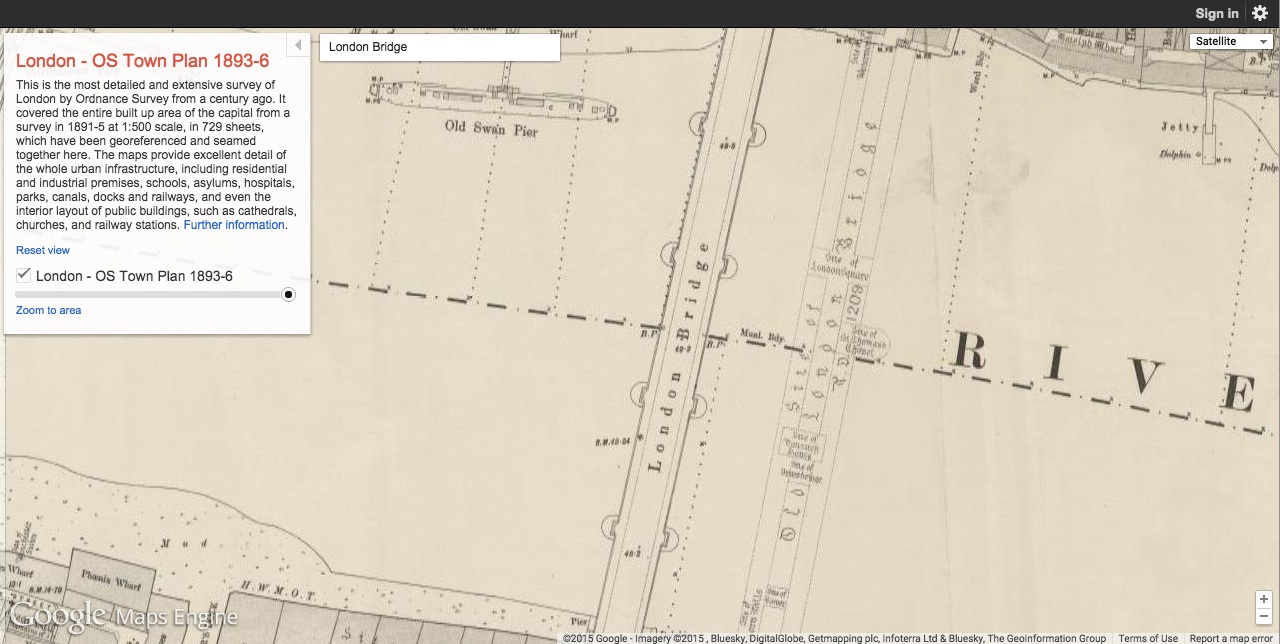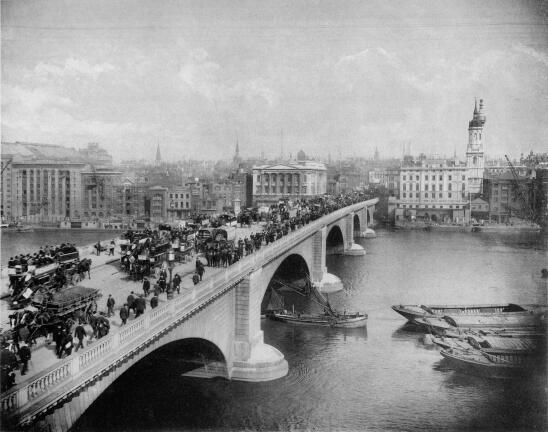London Bridge was designed by John Rennie and completed in 1831. The construction of the bridge cost about 2 million pounds, spanning 928 feet long and 54 feet wide. The bridge accumulated a lot of foot traffic and public transportation such as omnibuses. According to The Victorian Web, it was estimated that 22,000 vehicles and 110,000 pedestrians crosses London Bridge daily. According to Old Bailey Online, there are countless documentations of crime on and around London Bridge, the most common crime being theft. With all of these people moving around in one 54-foot wide place it makes sense that one of the biggest crimes that occurred on the bridge was theft. This is theft of all kinds, the most common being pickpocketing, but it expanded to larceny, highway robbery, animal theft, and so on. The bridge was flanked by wharves, which are just places for boats to dock and unload their shipments, on either side. In Conan Doyle’s story, “Twisted Lip”, these wharves are the places that hide the opium den, “vile alley lurking the high wharves which line the north side of the river to the east of London Bridge” (128). The bridge gives the reader the geographic location of the opium den, on the east side of the bridge (east being where the poorer people live). “Between a slop-shop and a gin-shop, approached by a steep flight of steps leading down to a black gap like the mouth of a cave, I found the den of which I was in search” (128), a slop-shop is a shop where cheap, ready made clothes are sold and a gin shop is a liquor store. The reader already knows that this is a poor area. The image of “the mouth of a cave” gives the story a dark, grimy tone, and because it wasn’t hard for John to find, it makes me think that this is common knowledge, that if one is looking for an opium den, all you have to do is go to London Bridge.


